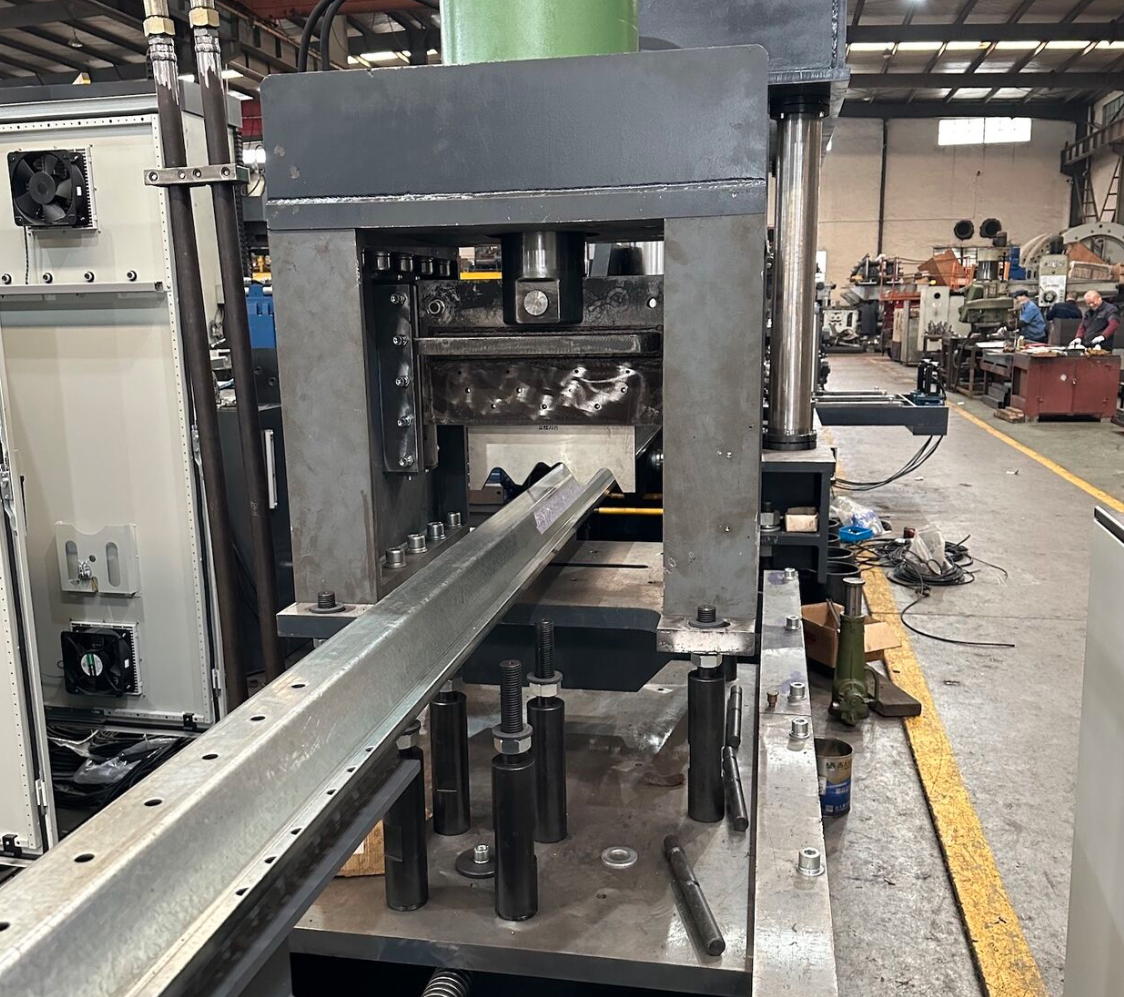
Posted on Tuesday, October 8, 2024
The Omega profile is a specialized metal shape commonly used in construction and engineering to provide structural support and stiffness to various applications. Its distinct curved design resembles the Greek letter "Ω," making it easily identifiable. Omega profiles are typically made from steel or aluminum and are utilized in applications such as roofing, wall panels, and framing systems.
Omega profiles serve several key functions:
Roll forming machines play a crucial role in the production of Omega profiles. The process involves several steps:
Omega profiles are essential components in modern construction and manufacturing, offering strength and flexibility for various applications. The roll forming process is key to producing these profiles efficiently, ensuring that they meet the stringent demands of the industry while maintaining high quality and performance. By understanding the benefits and manufacturing processes of Omega profiles, builders and engineers can make informed decisions when designing and constructing metal structures.
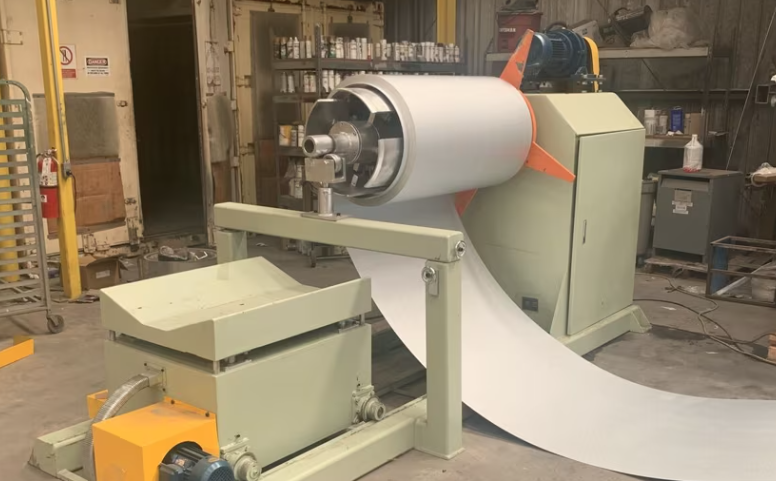
Understanding Coil IDs, Mandrel Sizing, and Shear Pin Safety in Uncoilers
Posted on Wednesday, October 1, 2025
Mismatched sizes can lead to machine damage, downtime, and safety hazards — often evidenced by a shear pin failure.
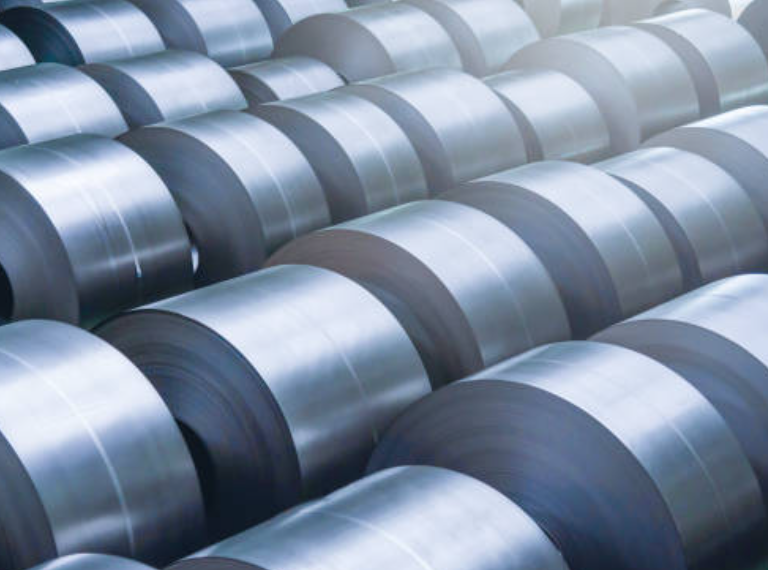
How Coil Tensile Strength Affects Roll Forming and How to Adjust Your Machine
Posted on Wednesday, October 1, 2025
Changes in tensile strength can significantly affect the finished profile, causing misaligned bends, uneven edges, and out-of-spec parts.
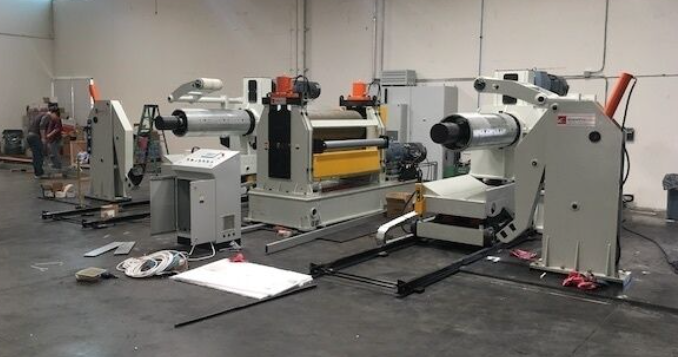
Why Paint Cracks on an Embossing Line Running Pre-Painted Coil and How to Prevent It
Posted on Wednesday, October 1, 2025
This issue not only affects the visual quality of the product but can also lead to increased scrap rates and customer complaints.
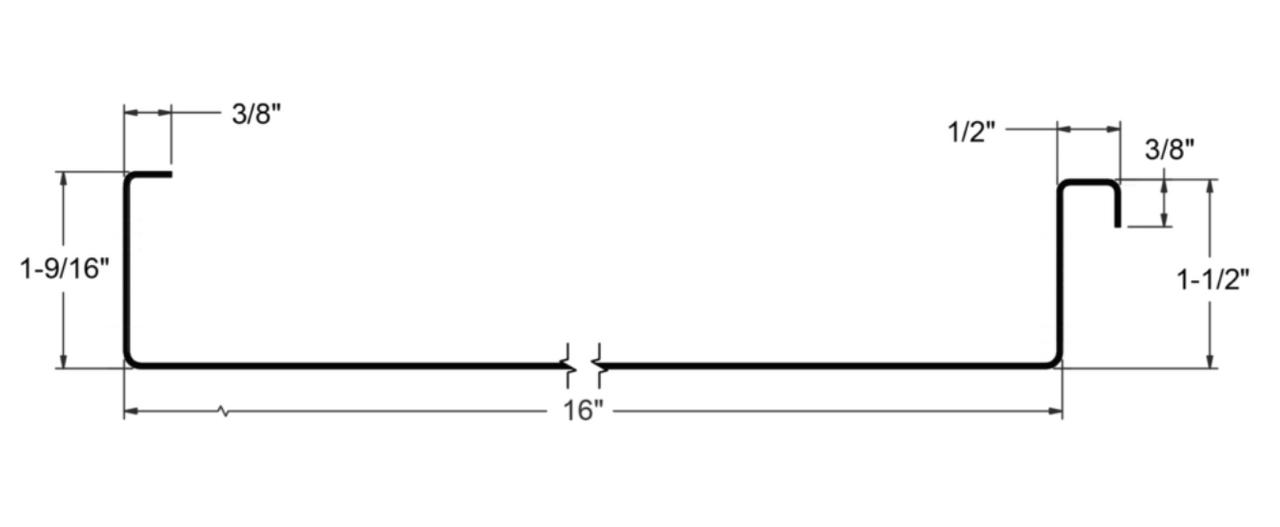
The Most Popular Standing Seam Metal Roof Panels in the U.S. — A Comprehensive Guide
Posted on Monday, September 29, 2025
In this post, we’ll explore what panel styles and sizes are most popular in the U.S